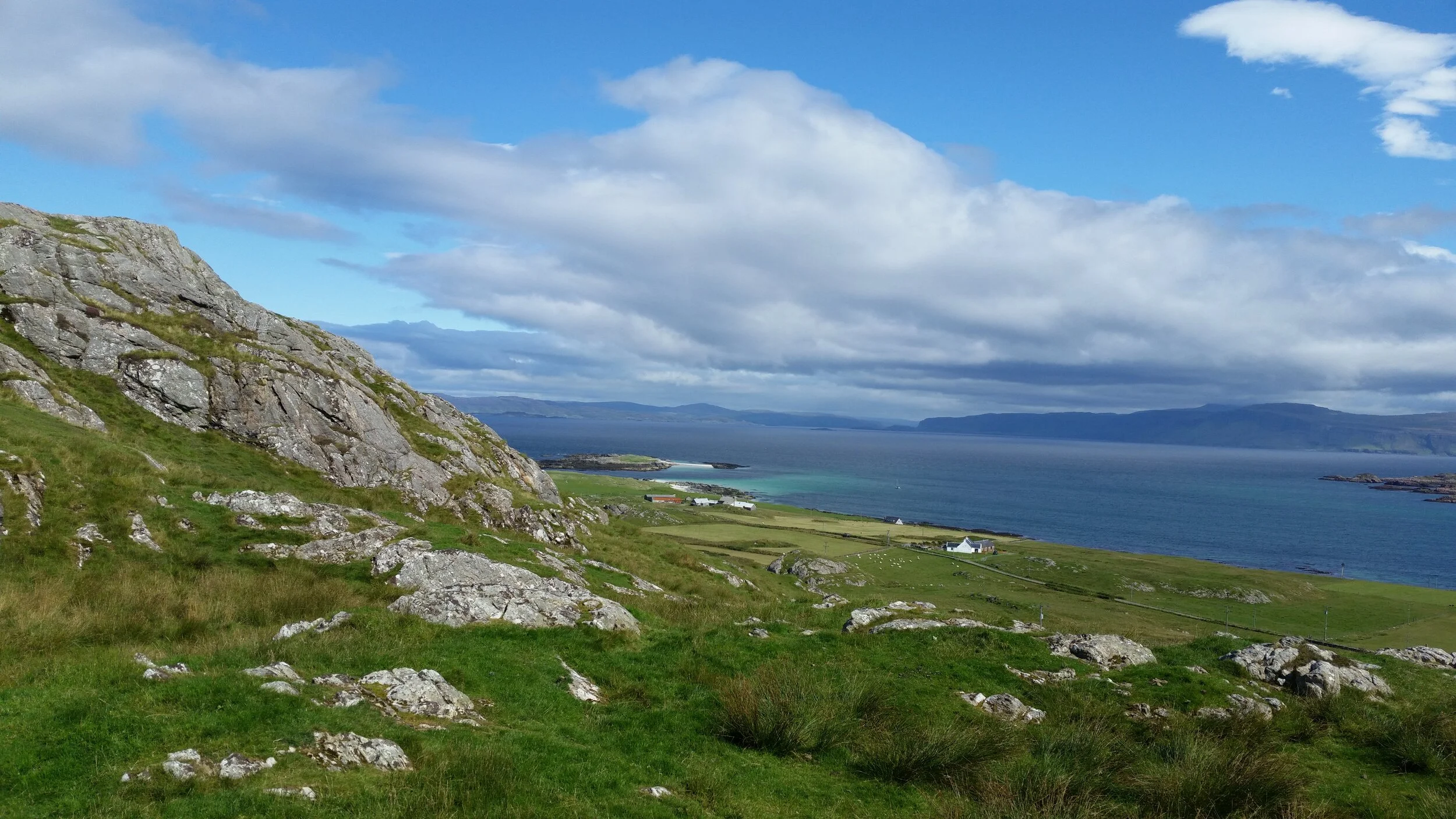Brighid, Goddess of the Celts
This project honouring the Divine Feminine and exploring the relationship of the Divine Feminine to Iona would not be complete without a tribute to Brighid, Goddess of the Celts.
Brighid is a Triple Goddess of the Tuatha Dé Danann. The Tuatha Dé Danann were the ‘People of the Goddess Danu’. The Goddess Danu was the Great Mother. The Tuatha Dé Danann were considered a supernatural race with magical powers who lived in pre-Christian Ireland for thousands of years. Where they originally came from is still a mystery, as they were said to have arrived in a mist on the land.
Interestingly, archaeologists have found what they consider to be the remains of small communities all over the world that can be traced to the Tuatha Dé Danann. This is an indication of the real influence over thousands of years of the ancient Celtic world of mythology and legend.
Much has been written about Brighid and I encourage anyone reading this to further explore the many beautiful tributes and storytelling that are available on-line.
For now, I will offer some highlights that reflect the fascinating story of the Great Goddess Brighid.
“Brighid’s lineage goes back many, many thousands of years, to the Goddess Danu. Danu is also spelled Anu, or Dana. In the ancient Celtic civilization, Danu was the Earth-Mother Goddess or Divine Feminine principle. ”
Danu or Dana was honoured as the Great Mother Goddess of the earth, rivers, and wells. The beautiful Danube River was named in her honour. In ancient Irish, the root ‘dan’ references art, skill, poetry, knowledge, and wisdom.
Cow standing in the doorway of the Mary Chapel ruins, Iona.
Brighid is also associated with other highly revered sacred Cow Goddesses such as Egypt’s Hathor and Isis, and Hindu’s Shiva, Indra, and Nandini. The Cow is revered as a representation of divinity and beneficence and is therefore to be protected and venerated. For example, Hindus believe that each cow contains 330 million gods and goddesses. Read more here on ‘Ancient Goddesses, the Divine Feminine, and Mother God’.
““In Christian iconography Saint Brigid is identified by the presence of her cow, examples of which are carved on the tower on Glastonbury Tor and on the north door of St. Mary’s Chapel in Glastonbury Abbey.” ”
Brighid was an exceptionally well-loved Druidess (Celtic Priestess) and her name is a derivative of the revered Celtic Goddess, Brigantia. Such was the stature of Brigantia that her name is reflected everywhere in the United Kingdom: Britain, Brittany, Brittania (…rule the waves), and Brigadier, to name a few.
Brighid is spelled and pronounced in many different ways (Bride, Brid, Brigon, Brigit, Birgitta, Briginda, Brigidu, and Brigantia, to name a few), and the volume of Gaelic and ancient Celtic stories about her attest to her influence across the land.
Brighid continues today to be the most influential of Celtic Goddesses. To the Celts, she is equal to Mary. She is ‘Mary of the Gael’.
““As legend has it, Brigid was exiled to the Holy Isle of Iona with her father Durach.
One day as she herded sheep on the slopes of Dùn-Ì, the highest peak on the island, she drank a little water from the Well of Eternal Youth near the summit.
She fell asleep and dreamt that she was transported by angels to Bethlehem
where she was a serving maid at the inn there.
She went into the stable nearby and saw Joseph, Mary and the Babe, newborn and smiling.
The Mother hailed her “Bride, my sister dear”, and gave the now sleeping infant into Bride’s arms, wrapping her mantle about Him because of the draught.
Bride then fell asleep with Jesus in her arms and upon waking the Glory had departed, the stable empty.
She followed the sacred footsteps of the Holy Family, lit by starlight.
Overhead, the seabird known as the Oyster catcher, or Gille-Brighde, the servant of Bride, directed her to Calvary and the Mount of Olives. Soon thereafter she awoke back on Dun-I, her mantle now a beautiful blue with brilliant stars on it – a blessing of the Divine Mother.””
It is interesting to note that Iona was famous in medieval times for (among other things) being the place that created the most brilliantly beautiful Virgin and Child icons in illuminated manuscripts. The extraordinary ‘Book of Kells’ is an example of those creations.
Such was the stature of Brigid, Virgin and Abbess of Kildare in Ireland, that she was one of only two women ordained as a Bishop, and she was therefore able to perform mass and communion. She died in 525 CE and was canonized as a Saint by the Roman Church: Saint Brigid. But in the 1960’s, during the modernization of the Catholic Church, her canonization was revoked.
Brighid is keeper of prophecies and dreams, Goddess of poetry and music:
“That earlier Brighid was goddess of poetry and music, one of the three great divinities
of love, goddess of women, the keeper of prophecies and dreams, the watcher of the
greater destinies, the guardian of the future”.
And Brighid prophesized her future this way …
“And I have been a breath in your heart. And the day has its feet to it that will see me
coming into the hearts of men and women like a flame upon dry grass, like a flame of wind in a great wood..."
(Both quotes above are from ‘Winged Destiny: Studies in the Spiritual History of the Gael’, Fiona McLeod-William Sharp.)
Brighid is also known as the White Swan. And her flower: the snowdrops.
Brighid’s Wells
Water, especially springs and wells are associated with Brighid. Spring water symbolically unites earth and heaven. It rises out of the darkness of the earth and reflects the light of heaven. It has the capacity to bridge spiritual light and the denseness of materiality. All springs and wells were powerful symbols of hope and healing.
Ancient Celtic myths have Brighid deeply connected to Iona, and particularly to the ‘Well of Eternal Youth’. It is not uncommon to find a Brighid’s cross floating in the little pool of water, or resting up on one of the Well’s surrounding rock boulders.
Brighid’s Cross by the Well of Eternal Youth, Dùn-Ì, Iona.
Sitting by the Well of Eternal Youth, Dùn-Ì, Iona.
Individual and small groups of women still come to this ‘Well of Eternal Youth’ on Iona to honour Brighid through ceremonies and rituals. It is a way of keeping the holy eternal flame of the divine feminine alive.
As their ancestors did before them, women of the goddess, deeply rooted in the desire to embrace sacred, earth-centred ways, follow closely the deeply transformational moments of the solstices, equinoxes, cross-quarter days, and full moons. They celebrate that aspect of the divine feminine spirit that moves through these natural cycles of life, and cosmic rhythms.
There are many Holy Wells throughout Scotland (and other places) that carry the name of St. Bride’s Well, or Bridget’s Well, or simply Brideswell.
Brighid’s spirit is a strong feminine aspect that can help illuminate our path. It is time to honour and respect the sacred nature of water and Holy Wells once more.
Read more here on ‘Ancient Goddesses, Divine Feminine, and Mother God’; ‘Holy Wells’; ‘Sacred Waters’; ‘The Well of Eternal Youth’; ‘The Pink Lady of the Well of Eternal Youth’; and ‘The Isle of Women’.







